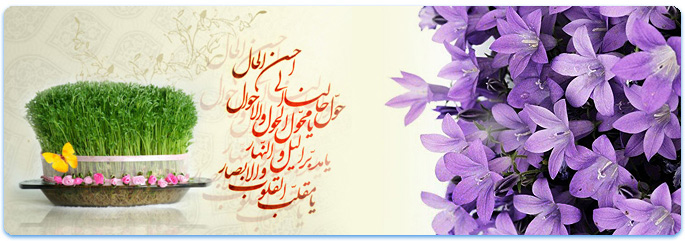IRAN Culture
The Culture of Iran is a mix of ancient pre-Islamic culture and Islamic culture. Iranian culture has long been a predominant culture of the Middle East and Central Asia, with Persian considered the language of intellectuals during much of the 2nd millennium, and the language of religion and the populace before that.
The Sassanid era was an important and influential historical period in Iran as Iranian culture influenced China, India and Roman civilization considerably, and so influenced as far as Western Europe and Africa. This influence played a prominent role in the formation of both Asiatic and European medieval art. This influence carried forward to the Islamic world. Much of what later became known as Islamic learning, such as philology, literature, jurisprudence, philosophy, medicine, architecture and the sciences were based on some of the practices taken from the Sassanid Persians to the broader Muslim world.
The Iranian New Year (Nowruz) is an ancient tradition celebrated on 21 March to mark the beginning of spring in Iran. It is also celebrated in Afghanistan, Republic of Azerbaijan, Uzbekistan, Turkmenistan, Tajikistan, Kazakhstan and previously also in Georgia and Armenia. It is also celebrated by the Iraqi and Anatolian Kurds. Nowruz was registered on the list of Masterpieces of the Oral and Intangible Heritage of Humanity and described as the Persian New Year by the United Nations Educational, Scientific and Cultural Organization (UNESCO) in 2009.

